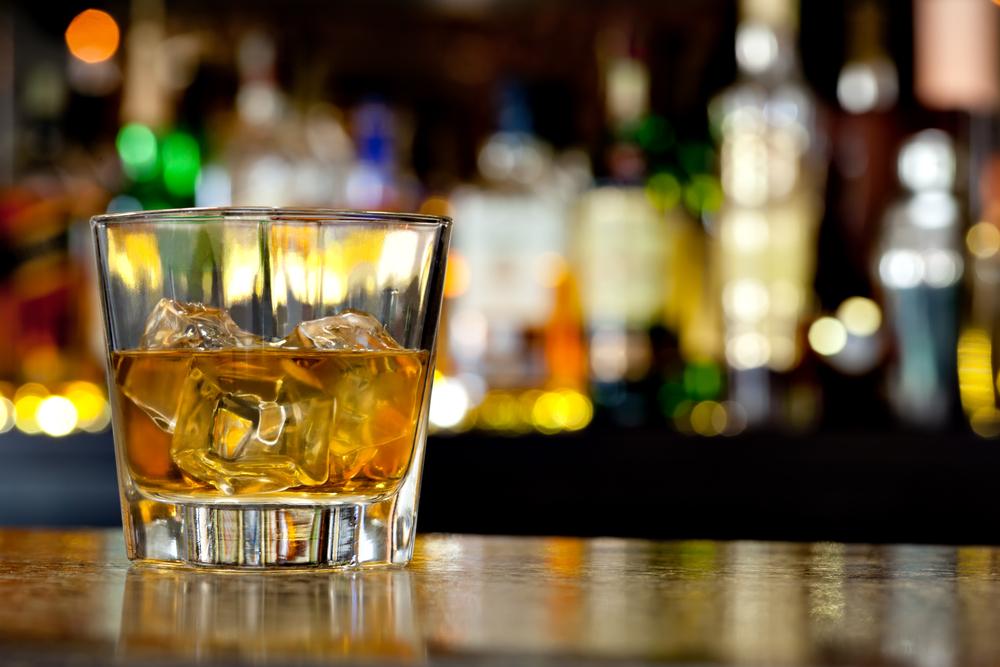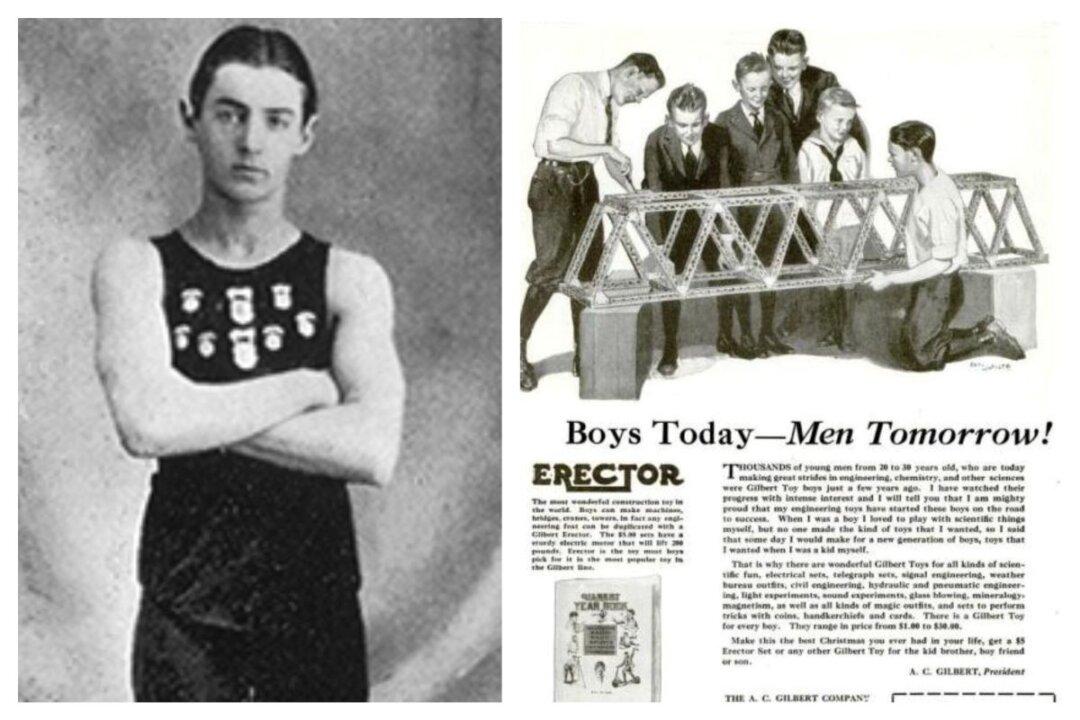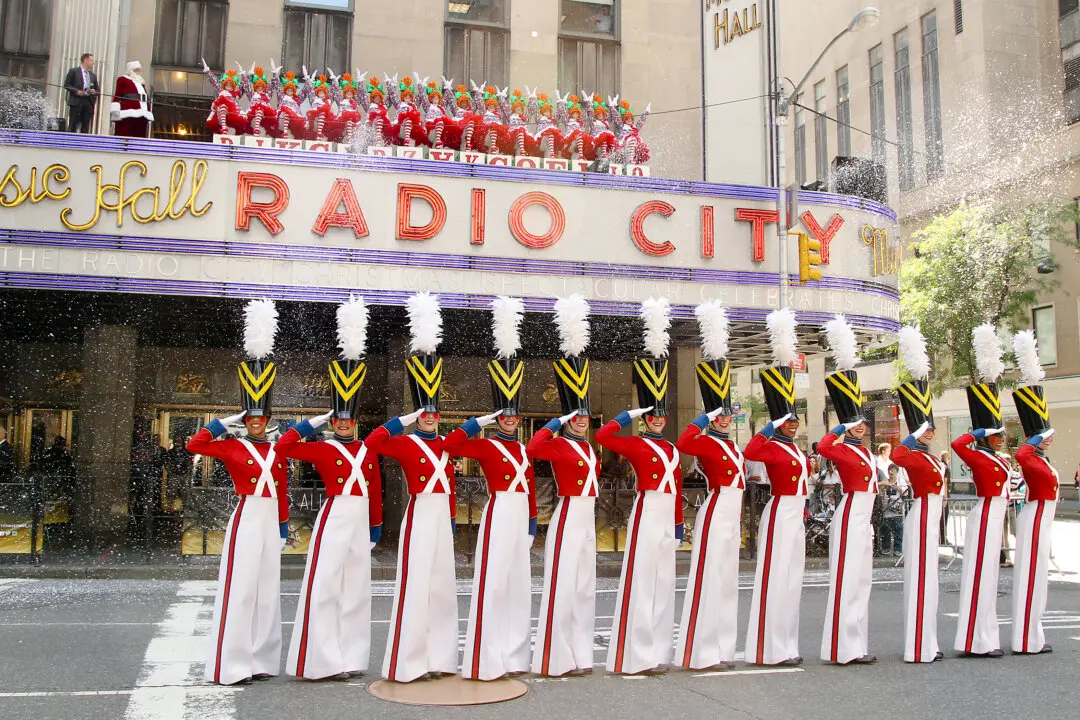Patrick Gavin Duffy (1868–circa 1955) was born on a farm across the Atlantic in Ballaghaderreen, County Roscommon, Ireland. When he turned 16, he decided to leave the family farm and move to America. He arrived in Jersey City where he worked for his uncle who was a stonemason. After a few weeks of work in New Jersey, Duffy decided to move again. Instead of crossing an ocean, he simply crossed a river―the Hudson River.
Drinks for the Stars
He found a job as a busboy at the Ashland House hotel located on Fourth Avenue. A year later, he was promoted to barback, an assistant to the bartender. While behind the bar, Duffy learned the trade of bartending and mixing drinks. Soon he became the head bartender of the prestigious hotel, making drinks for and friendships with some of the most famous and important people in the country. His clientele included the likes of novelists Mark Twain and Oscar Wilde, champion boxer John L. Sullivan, big game hunter Jim Corbett, actors E.H. Sothern and Edwin Booth, film director Cecile B. DeMille, and financier J.P. Morgan.He was the bartender of the rich and famous. When a location became available across the street from the Ashland Hotel, he decided to lease it. He opened his new bar called the Lyceum Café in 1894. With his new location so near the hotel, there was very little to keep his established clientele from following him―aside from a street. And follow him, they did.






